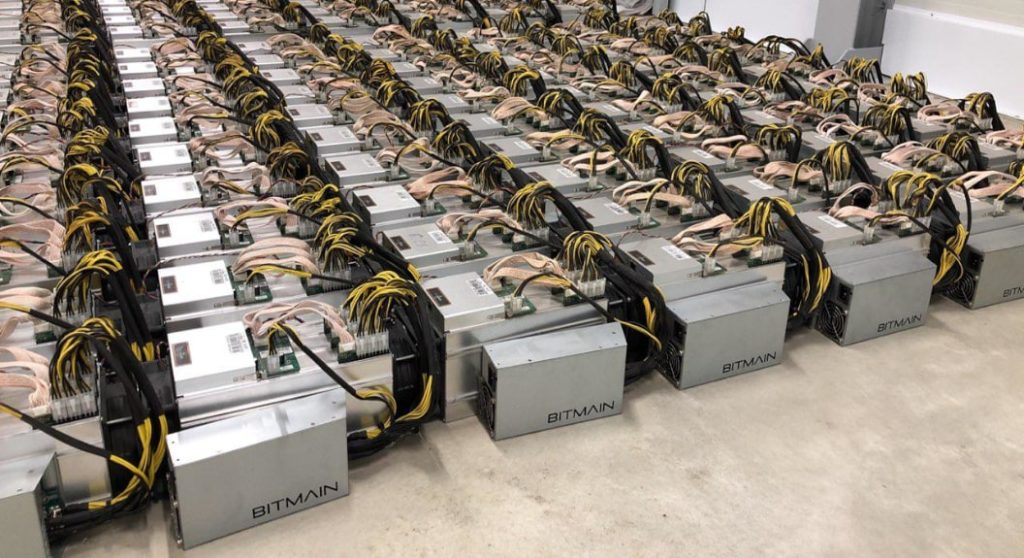A decade ago, when Satoshi Nakamoto launched the Bitcoin network, the security behind the protocol depended on only a few miners. During this time, the exploitation of the SHA-256 algorithm has become a thriving industry that has continued to grow.
Miners from large facilities that make up huge basins come from a variety of provinces around the world.
GPU period
At its launch in 2010, the Bitcoin mining industry was built with central processing units (CPUs), which began merging into mining pools in November 2010. Marek Palatinus, known as “Slush”, formed at that time. Slushpool, which has survived so far. The new system has made a major contribution to the initial development of the mining industry.
ASICs enter the scene
The days of mining with processors, GPUs and FPGAs were exceeded in 2013, with the launch of the first specialized operating systems of the SHA-256 algorithm. About this time, Avalon launched the first set of ASICs and later companies such as Bitmain, Kncminer, Hashfast, Bitfury, Cointerra and Labs Butterfly (BFL) appeared.
The mining ecosystem has developed explosively, and digital currency fans have seen huge mining pools like Ghash.io and Btcguild hosting 51% of the hash power of the BTC network. Some companies such as Bitmain, Bitfury and Slushpool have remained relevant over the years.
ASICs and mining pools have quickly transformed bitcoin mining into an industry. Amateur miners began to contribute less and less over the next few years, because mining without ASICS became unprofitable.
2016 – the threshold of 1 EH / s has been exceeded
In January 2016, the hash power of Bitcoin networks exceeded 1 exahash per second (EH / s). In mid-November 2017, when the BTC price began to rise to record values, the BTC network processed 10.8 EH / s.
Interestingly, when the crypto market declined in 2018, the hash rate continued to grow, albeit at a slower pace.
Currently, the Bitcoin network has a capacity of over 75 EH / s. It is dominated by mining pools such as BTC.com, F2Pool, AntPool, Poolin and SlushPool.
High performance ASICs
Currently, there are over 40 cost-effective ASICs on the market, based on electricity costs. Mining manufacturers include companies such as Bitmain, Canaan, Ebang, Innosilicon, Strongu and Microbt.
It will be interesting to see how the Bitcoin mining industry will develop over the next 10 years. Currently, the bitcoin network uses a lot of electricity and generates significant revenues for many categories. Many of the mining chip manufacturers mentioned have become some of the largest IT companies in the world.
So far, the SHA-256 mining industry remains a profitable business and shows no signs of slowing its explosive development. For example, in Romania, one of the largest Bitcoin farms in Eastern Europe opens in September.















